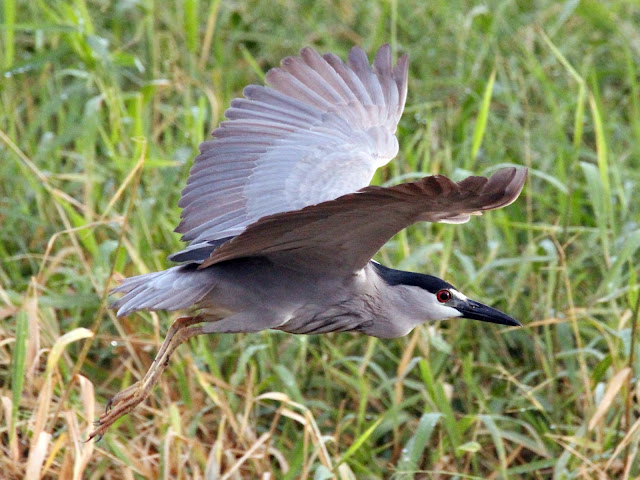
An image of an adult Black-crowned Night-heron by Quincy Clark during last weekend's birding blitz
Last weekend (January 25th-26th) saw a flurry of birding activity across the island. Ten birders, mostly visitors, submitted over 40 checklists to eBird, contributing significantly to our island's 2025 bird list.
The highlight of the weekend was undoubtedly the addition of three new species:
- Prothonotary Warbler (Protonotaria citrea): A stunning discovery by Ed Massiah near Gays St. Peter.
- American Wigeon (Mareca americana): Two of them along with several other duck species, were discovered in a flooded cane field near the Mount Gay Distillery in St. Lucy by the dynamic duo of experienced birder Quincy Clark and first-year birder Ocean Campbell—both of whom are already tallying impressive counts of 70 and 61 species respectively in their Big Year campaigns;
- Western Sandpipers (Calidris mauri): Observed by visiting birder Ian Alkins at the Woodbourne Shorebird Refuge (WSR).
What an exhilarating start to the new year! I can’t wait to see how things unfold month by month. If every weekend turns out to be like this one, we might be in for a record-breaking 2025. How wonderful that would be!
I hope you also had a good weekend of birding, If you did or not, I hope you continue to enjoy your birding.









